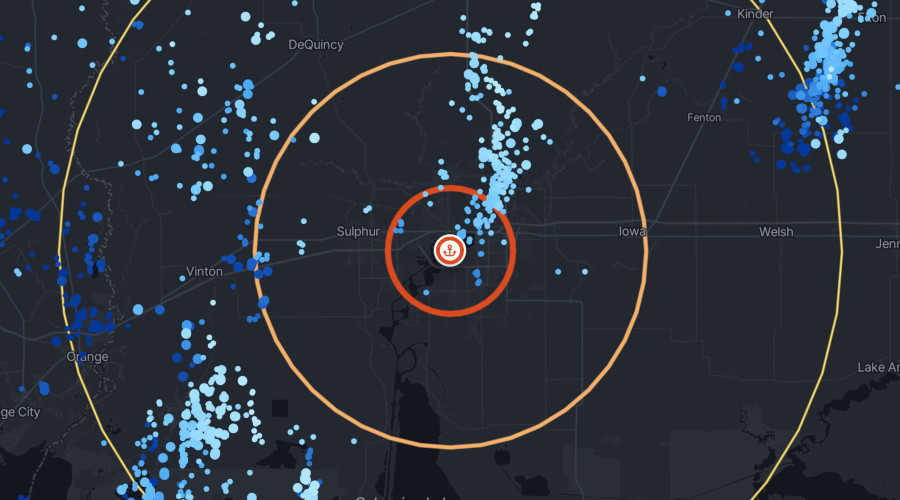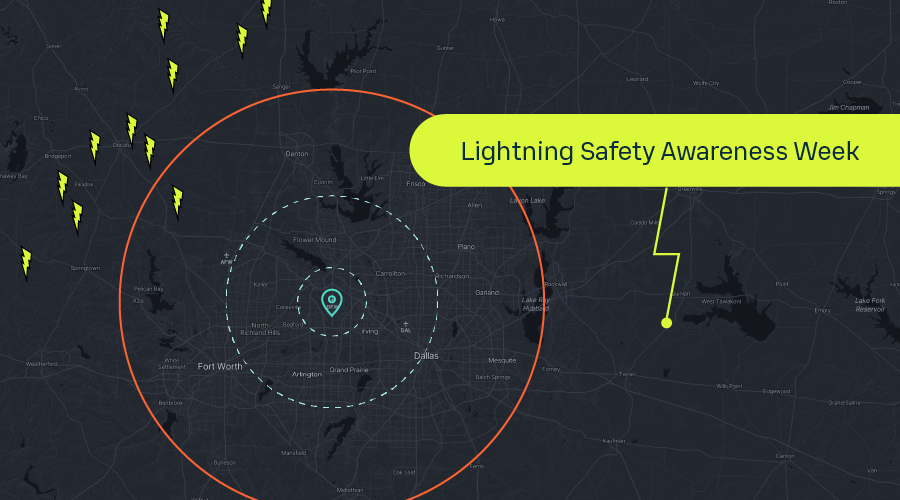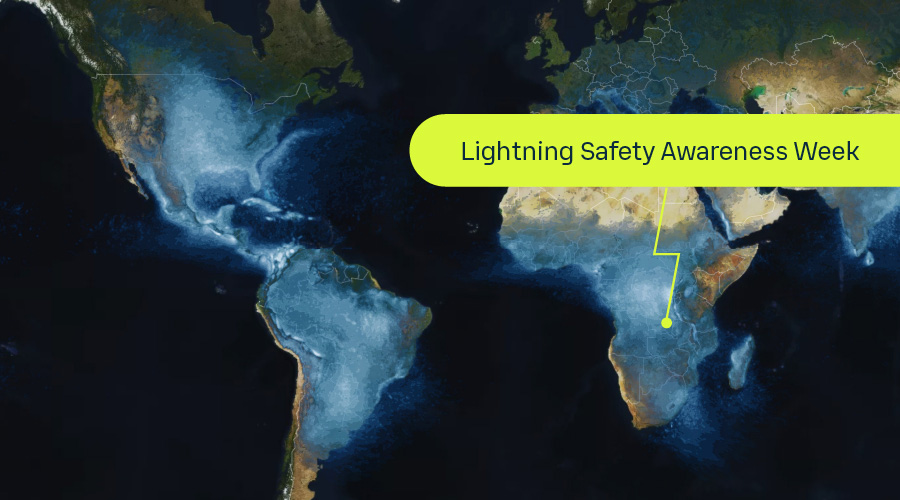June 22–28 is National Lightning Safety Awareness Week in the United States. This annual event plays a crucial role in raising awareness about the dangers of lightning and promoting safety measures.
Lightning can cause severe injuries and even death. The high voltage and extreme temperatures can cause burns, neurological damage, and cardiac arrest. The powerful electrical surge from a lightning strike can wreak havoc on electronic devices, leading to data loss and disruption of business operations. Lightning strikes can start fires, damage infrastructure, and disrupt power supplies, causing significant property damage and financial loss.
Fortunately, increased lightning safety awareness in the U.S. has helped decrease lightning-related deaths by almost two-thirds over the last 40 years. From 1983 to 1998, there were on average 69 deaths per year from lightning in the United States. For the period 2007 through 2022, that number declined to 24, a decrease of almost 70 percent.
“When thunder roars, go indoors”
This catchy slogan, promoted by the National Oceanic and Atmospheric Administration (NOAA), captures an essential safety principle: If you hear thunder, you are already at risk from lightning.
The limit for hearing thunder is only around 10 miles (16 km). This means the thunder you hear comes from lightning that is — at most — only 10 miles away. And that is critical since lightning can strike up to 10 miles away from the storm. It can strike before the rain arrives and even afterward when the clouds appear to be dissipating.
If you hear thunder, remember the slogan, and seek shelter immediately.
Unfortunately, too many people assume they are safe if the storm is some distance away. They rely on counting the seconds between seeing the flash and hearing the thunder to estimate the distance to the storm.
But there's another step to the calculation that is easy to forget.
Every second counts
Here’s how it works: Count the seconds after the flash until you hear thunder, then divide by 5 to get the distance in miles (or divide by 3 for kilometers). Unfortunately, it is easy to forget to divide, and that leads to overestimating the distance and underestimating the risk.
For example, if there are 20 seconds between flash and thunder then the lightning occurred 4 miles away (20 divided by 5 = 4). But if you forget to divide by 5, you would believe the lightning was 20 miles away. That’s a huge difference!
For at-risk industries with complex outdoor operations, these rule-of-thumb calculations simply don’t provide a reliable way to manage lightning risk. Waiting until you hear thunder is an incredibly impractical and unsafe way of deciding when to cease work and bring workers indoors.
We’re always listening for lightning
Fortunately, there is a better way to protect your people, property, and business operations from lightning risk.
Vaisala owns and operates the most accurate, reliable, and scientifically validated lightning detection networks in the world. These networks of ground-based sensors detect electromagnetic signals from lightning activity. Vaisala’s unique, patented technology pinpoints the time and location of lightning events anywhere on Earth within seconds of the flash.
You can get this lightning data through the Vaisala Xweather API for integration into your applications and safety systems. Real-time lightning data is also available in our Xweather Insight platform, which provides site-specific lightning alerts and all-clear notifications.
With comprehensive, real-time data from a lightning detection network, your situational awareness is no longer limited to the thunder you can hear. Our lightning detection networks are listening for lightning every second of every day, and they hear it anywhere on Earth — over land and sea.
Just remember, the next time you hear thunder, don't hesitate — go indoors and urge those around you to seek shelter immediately.



